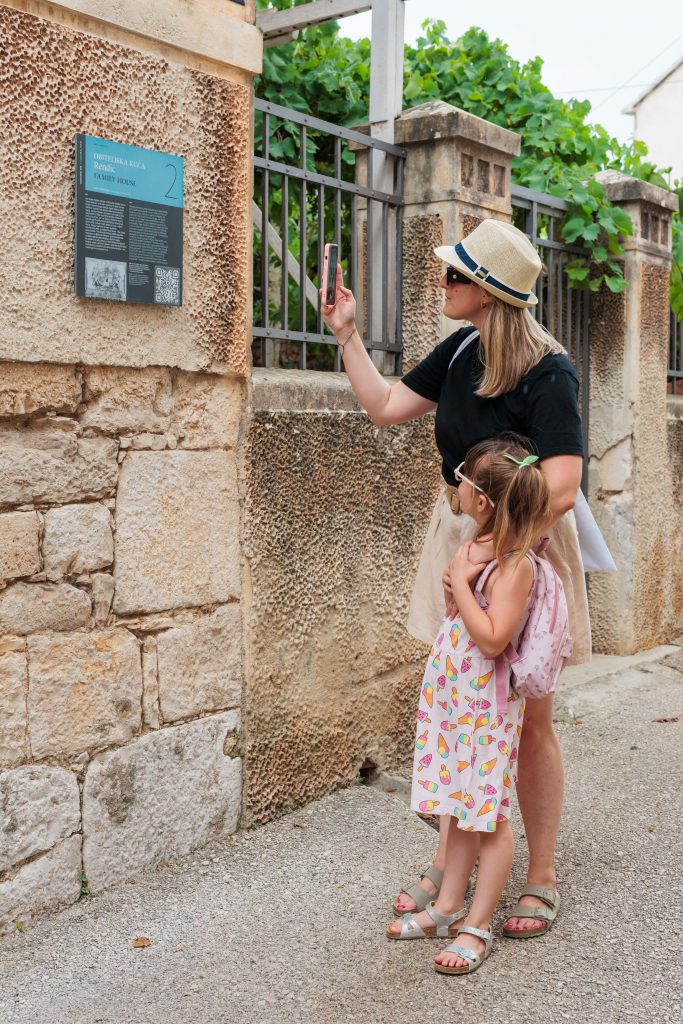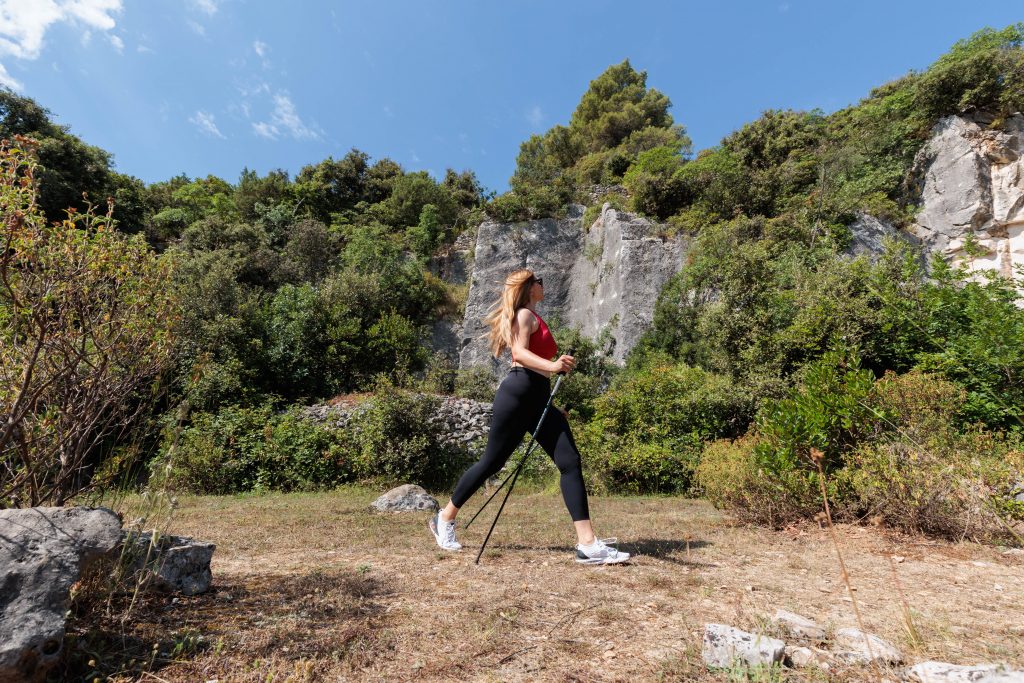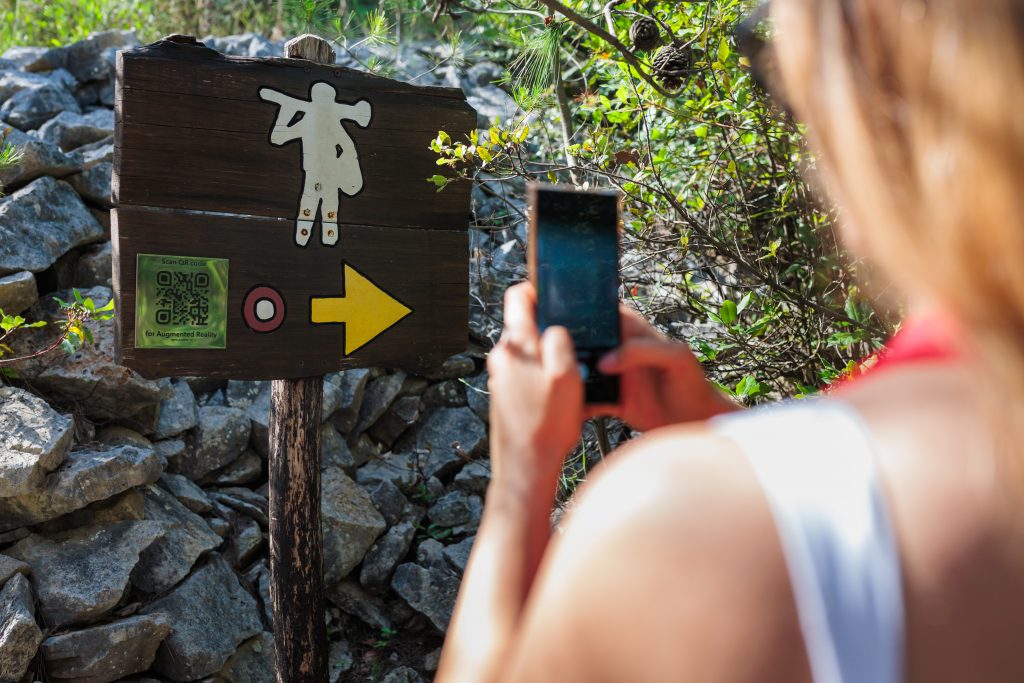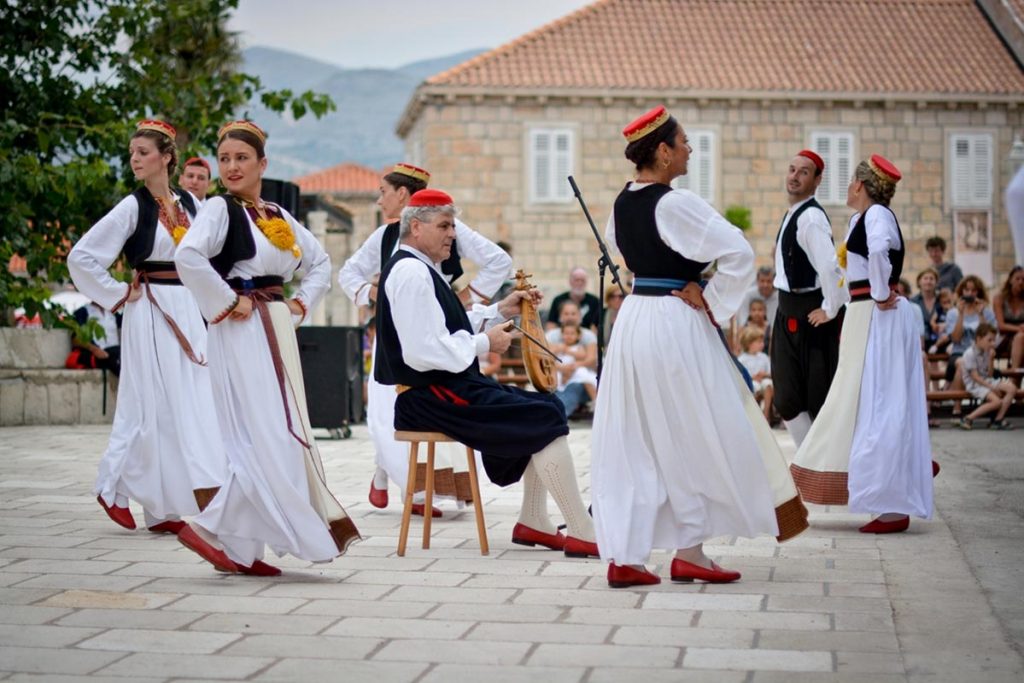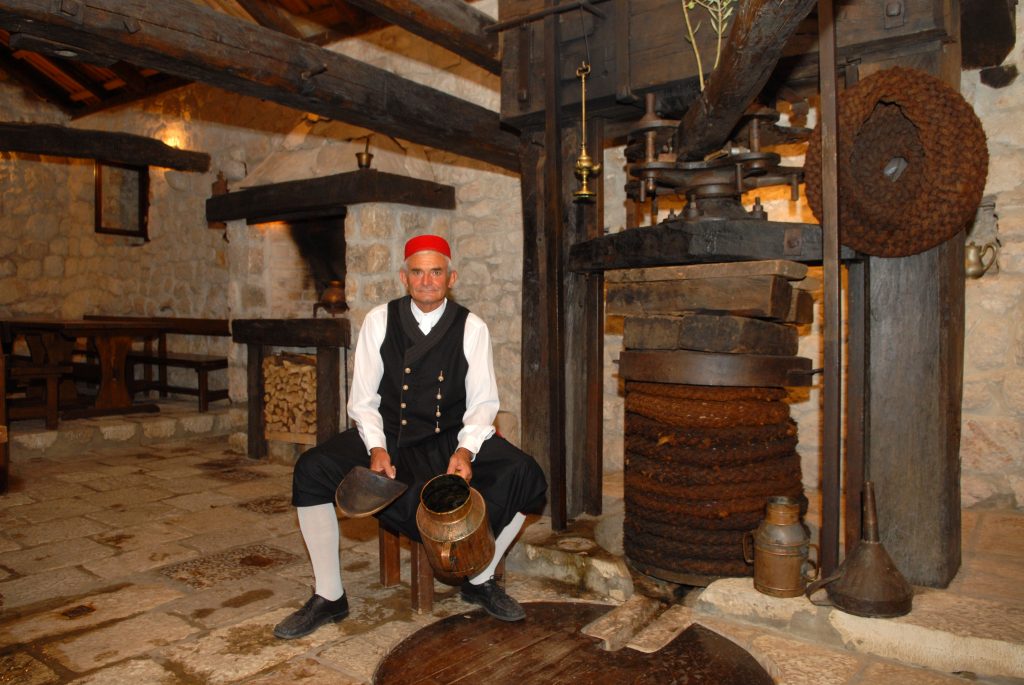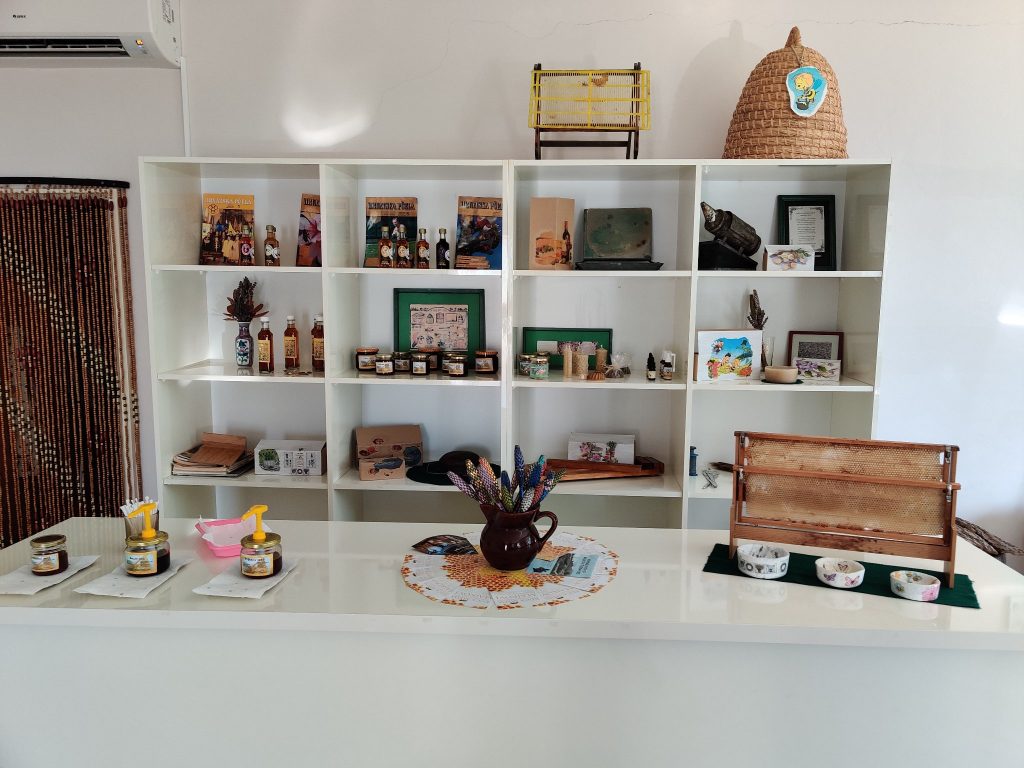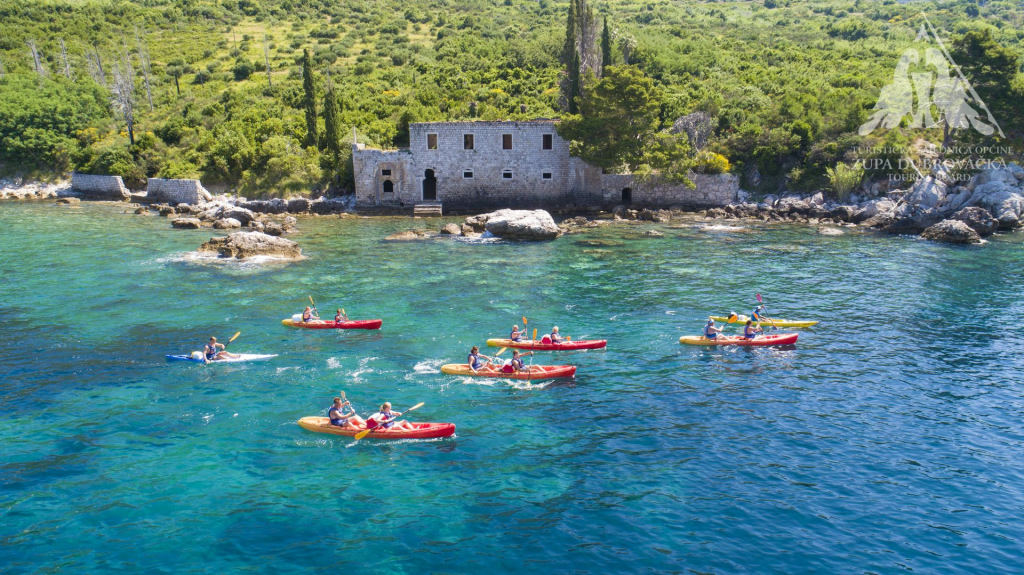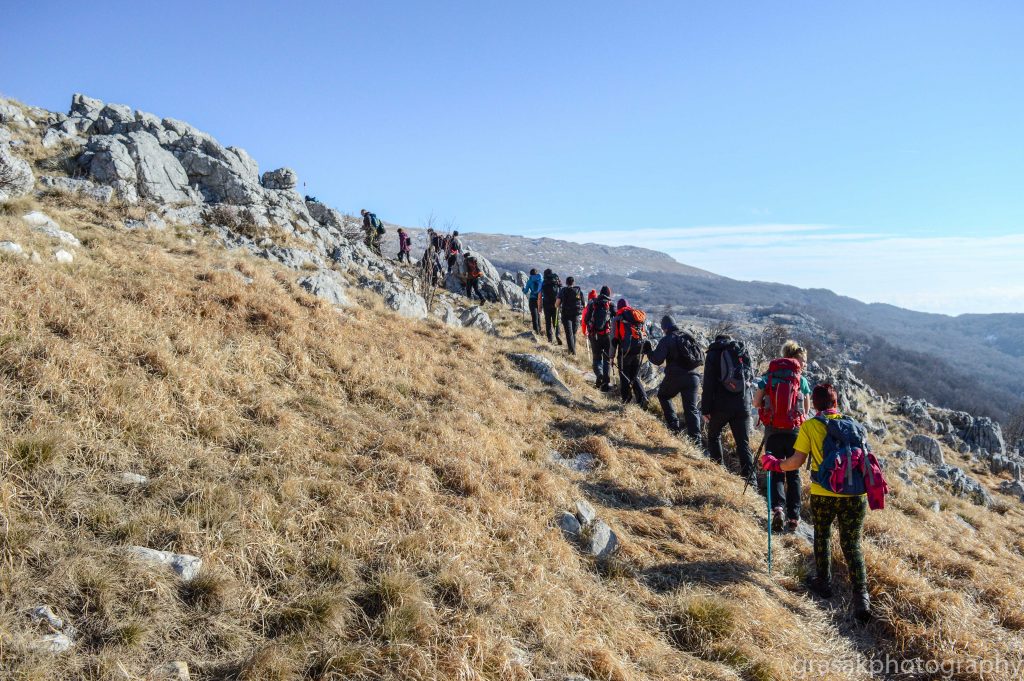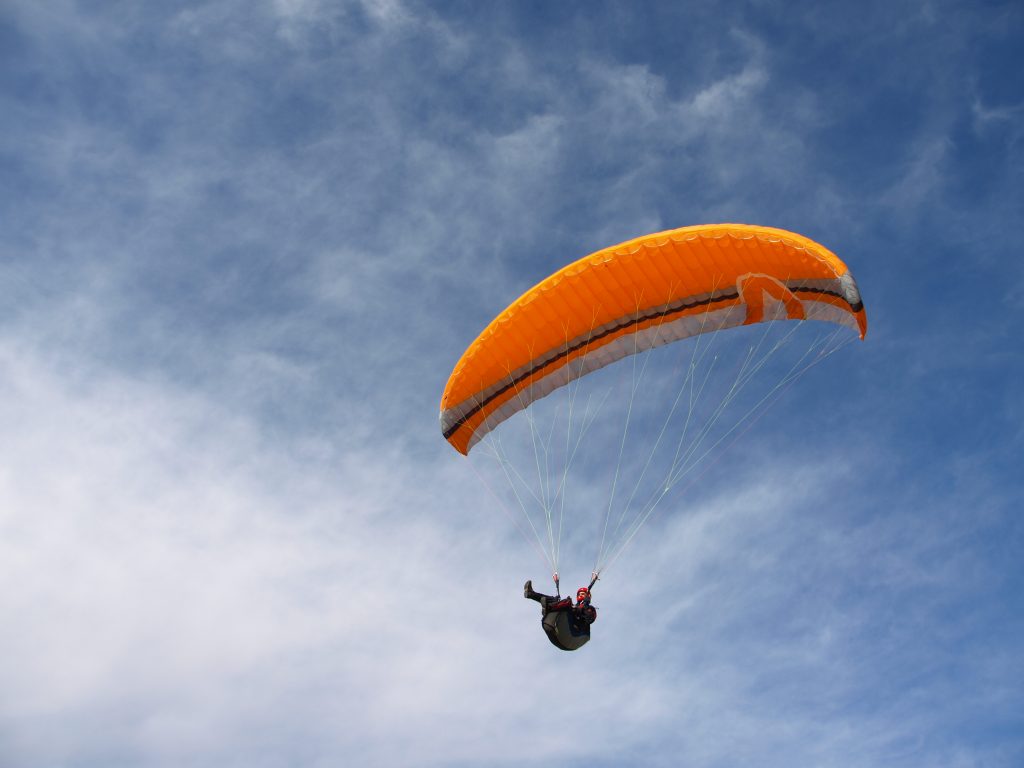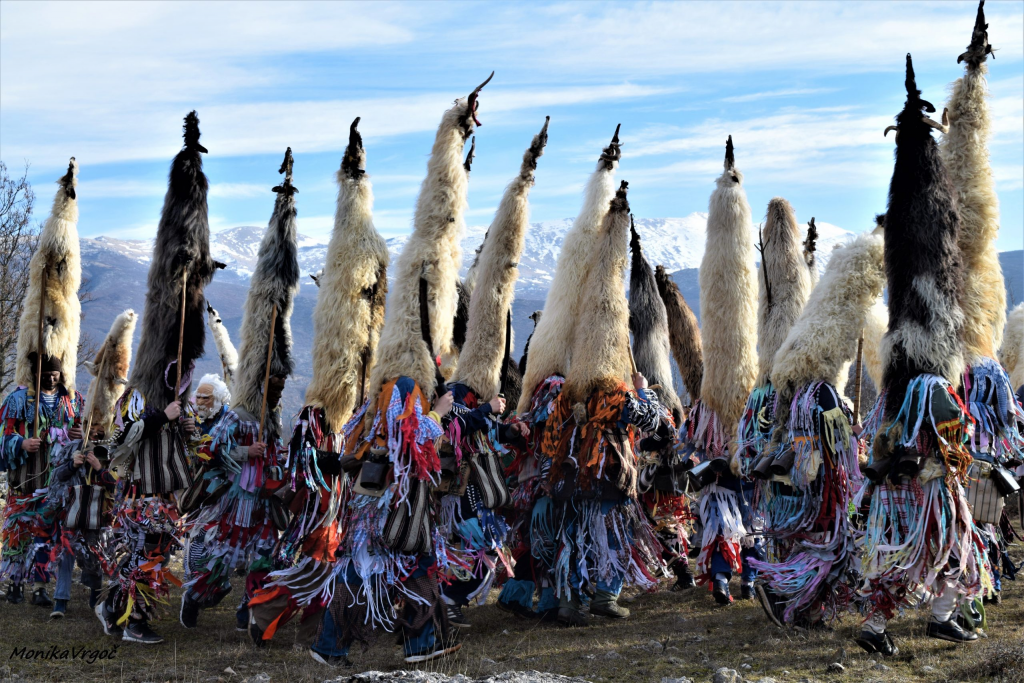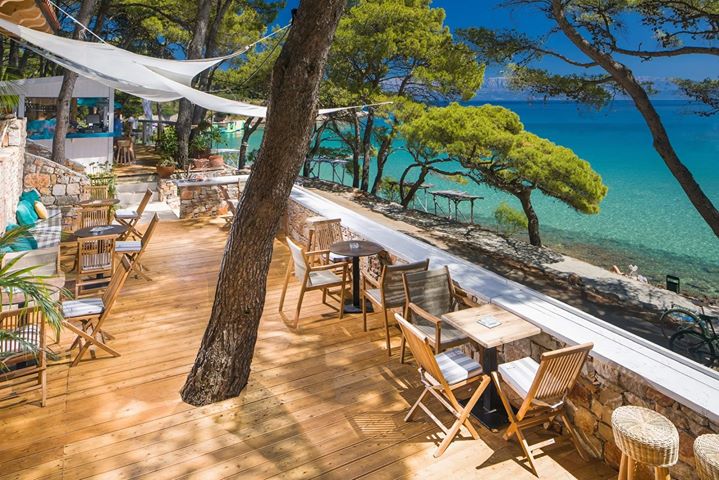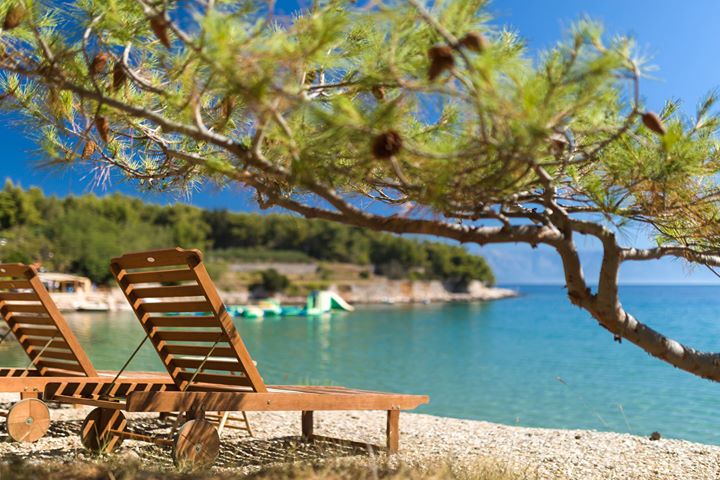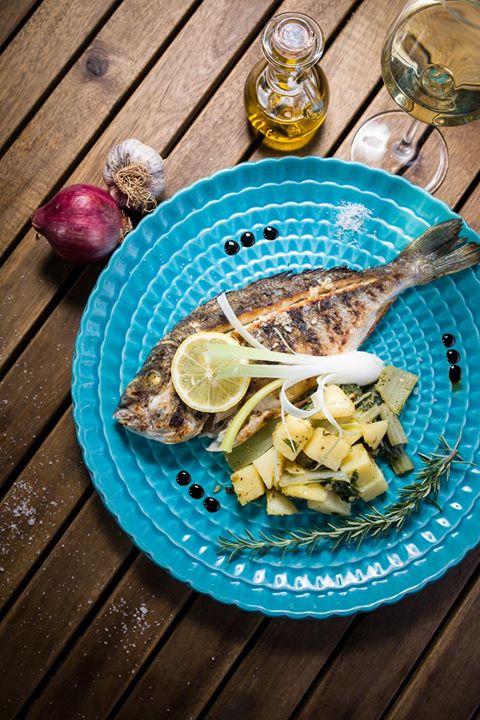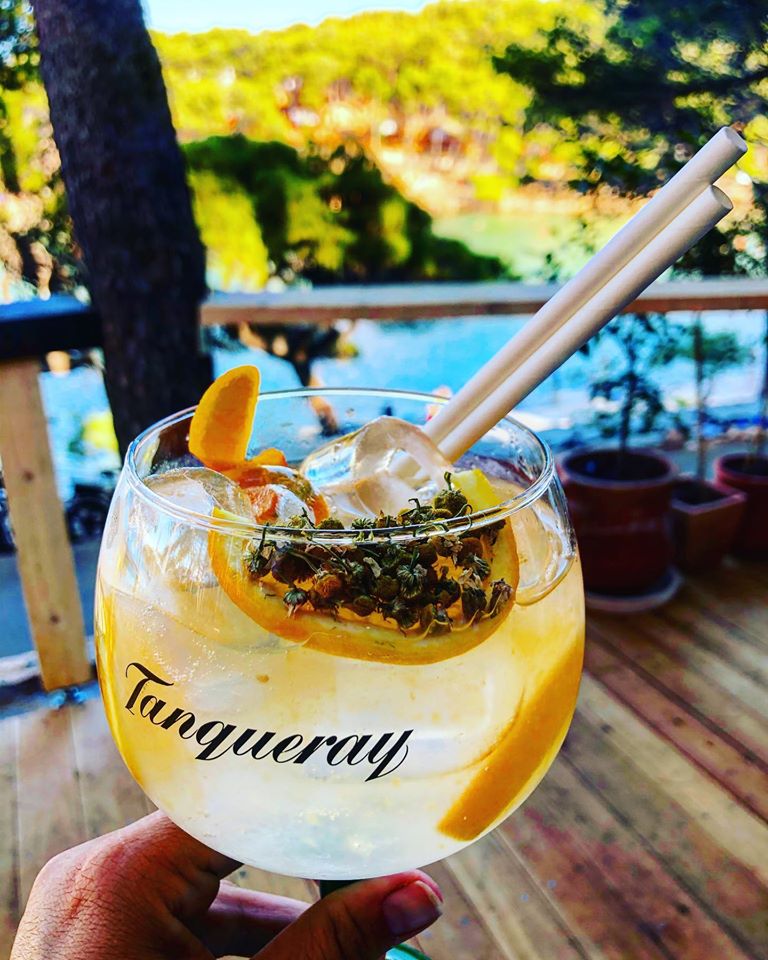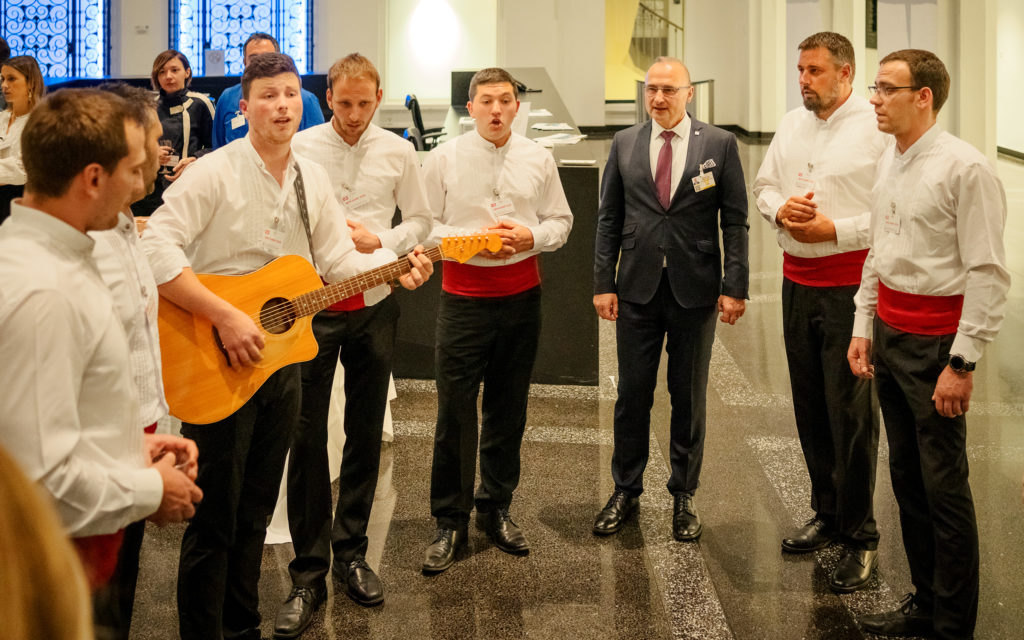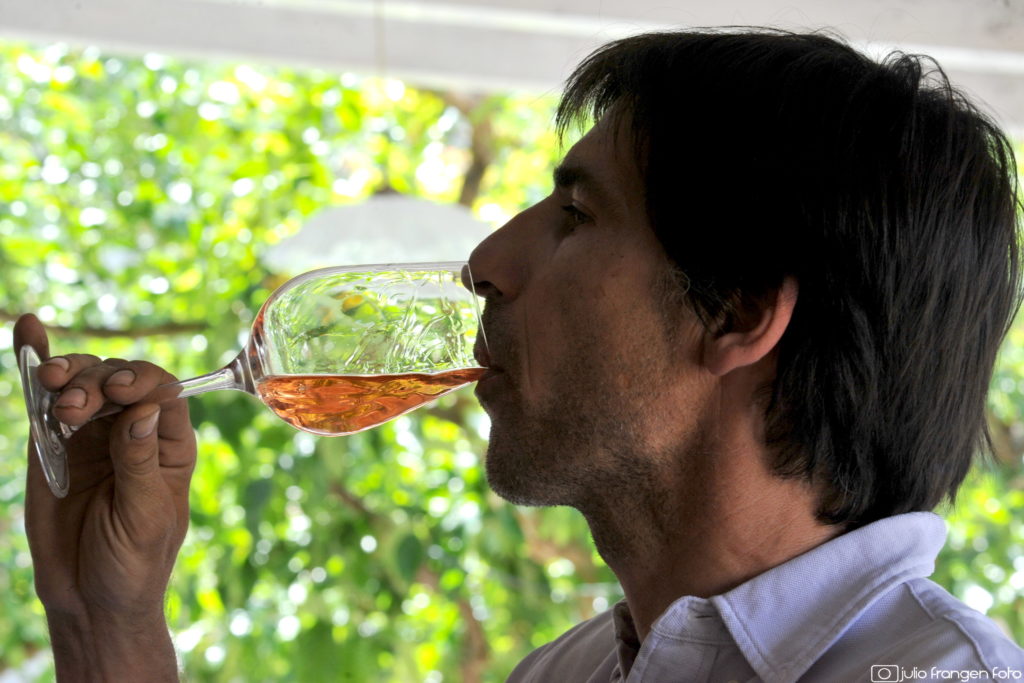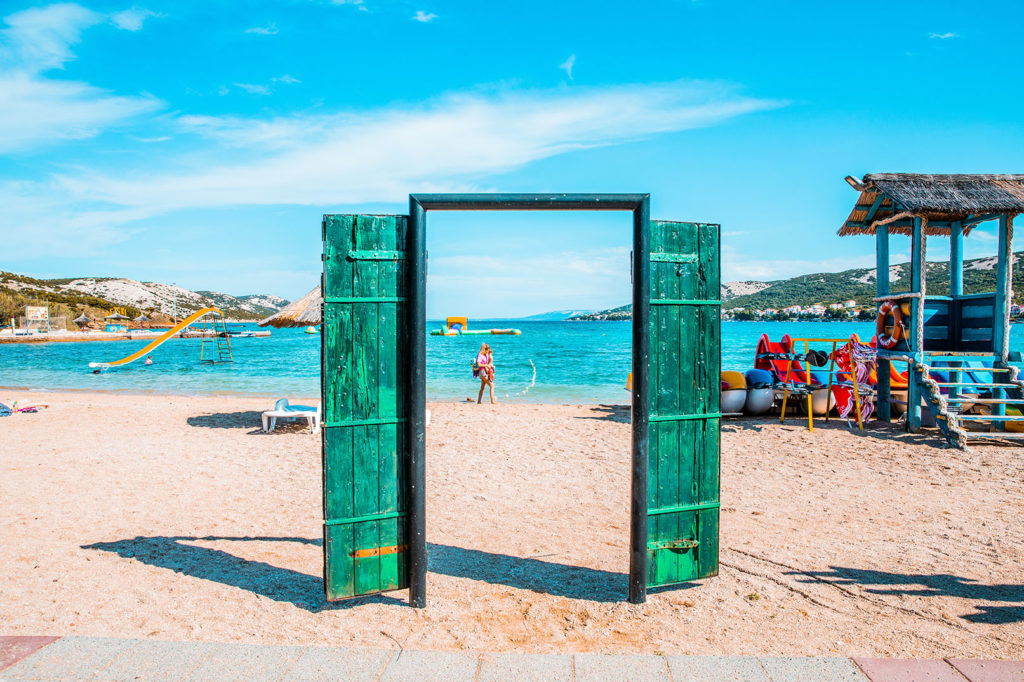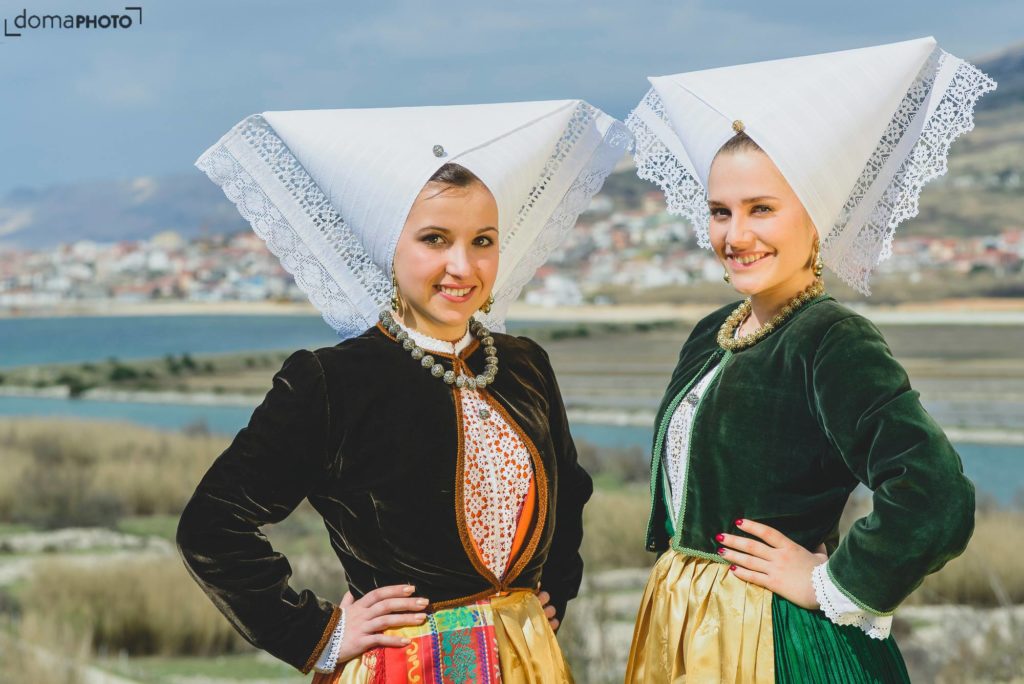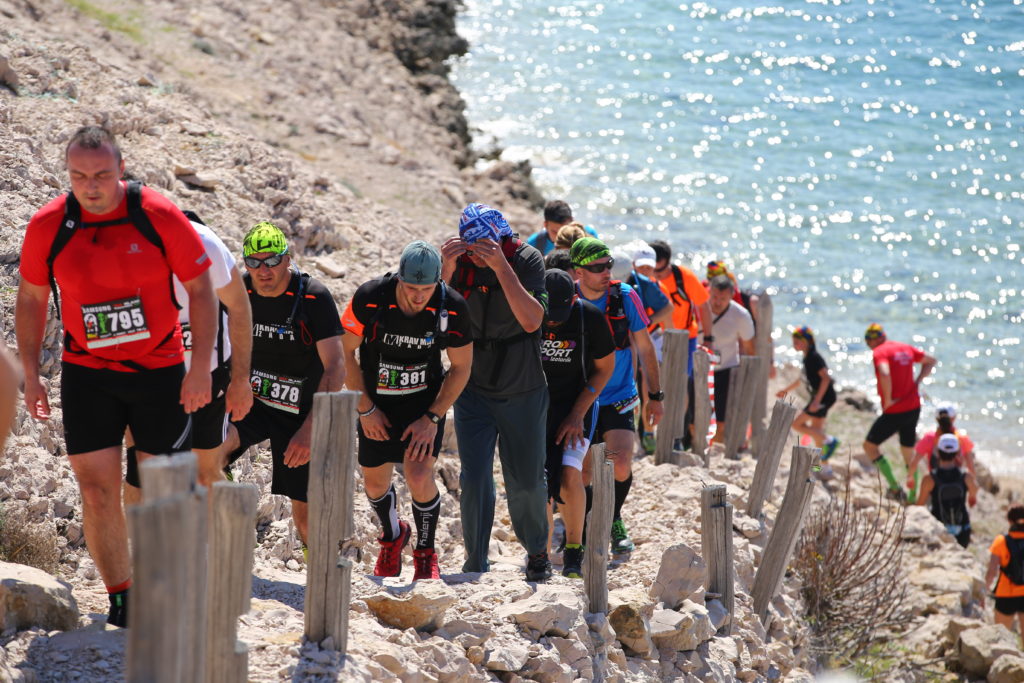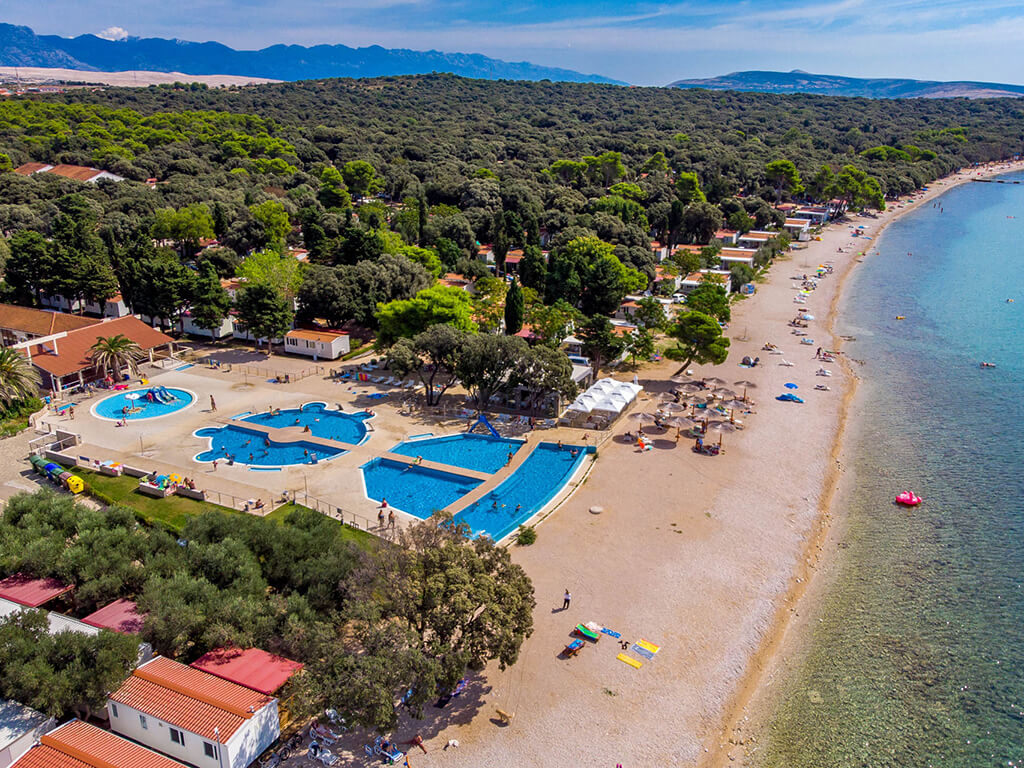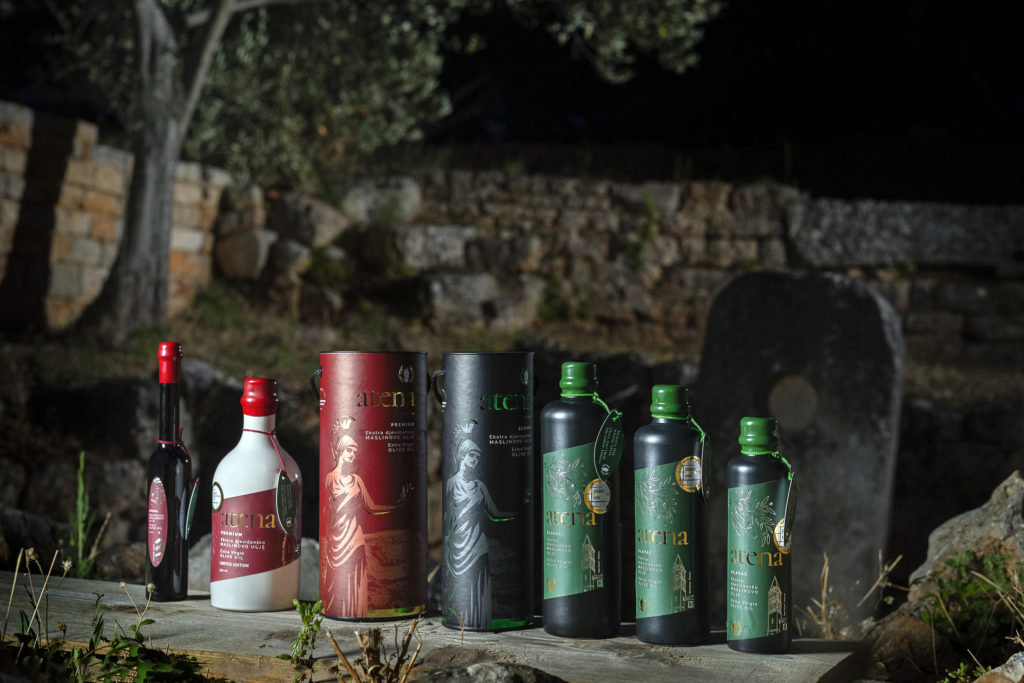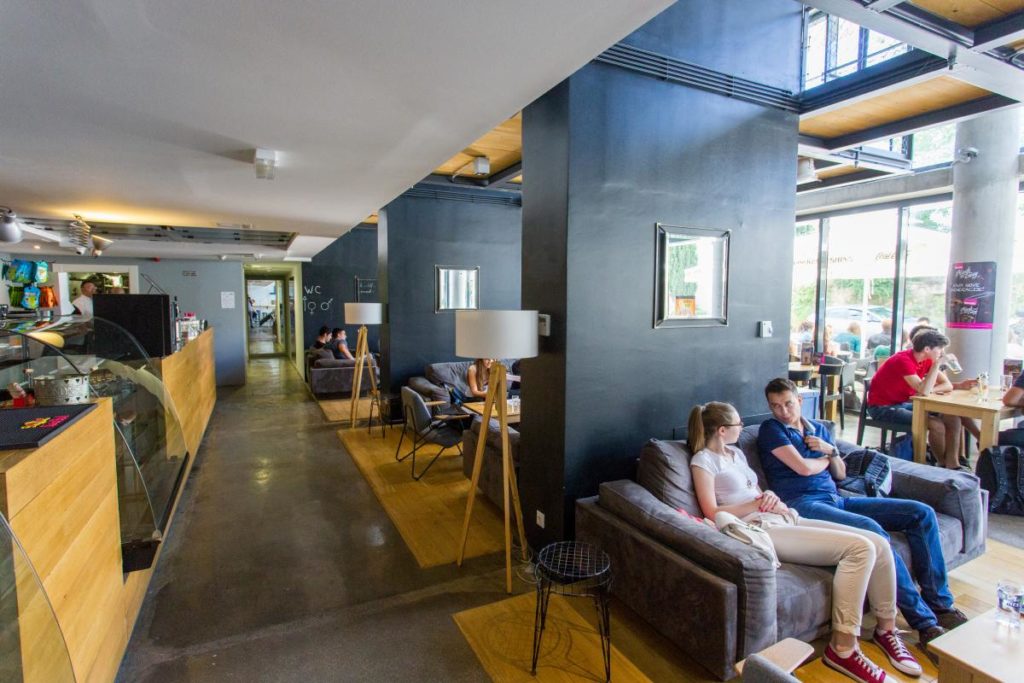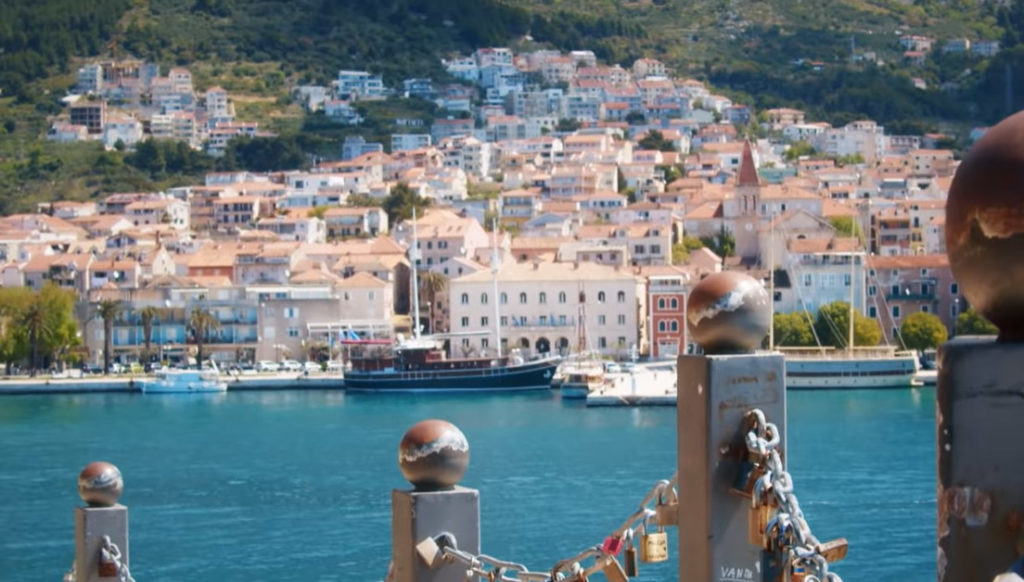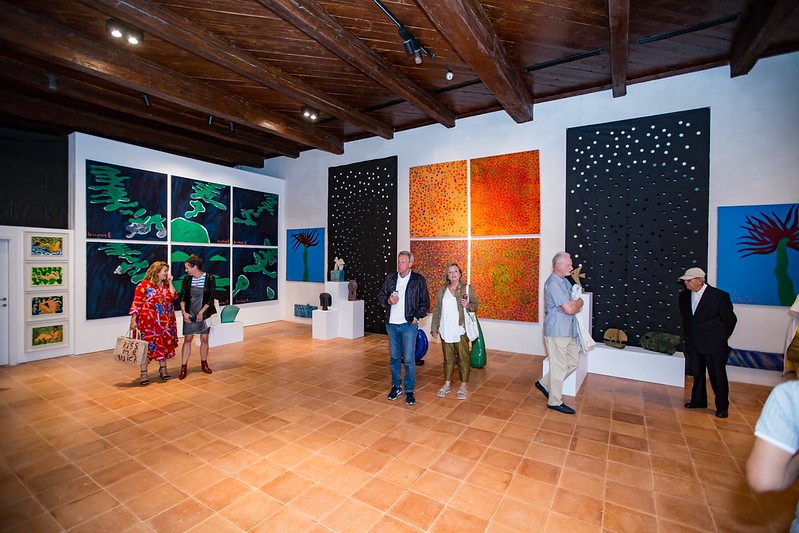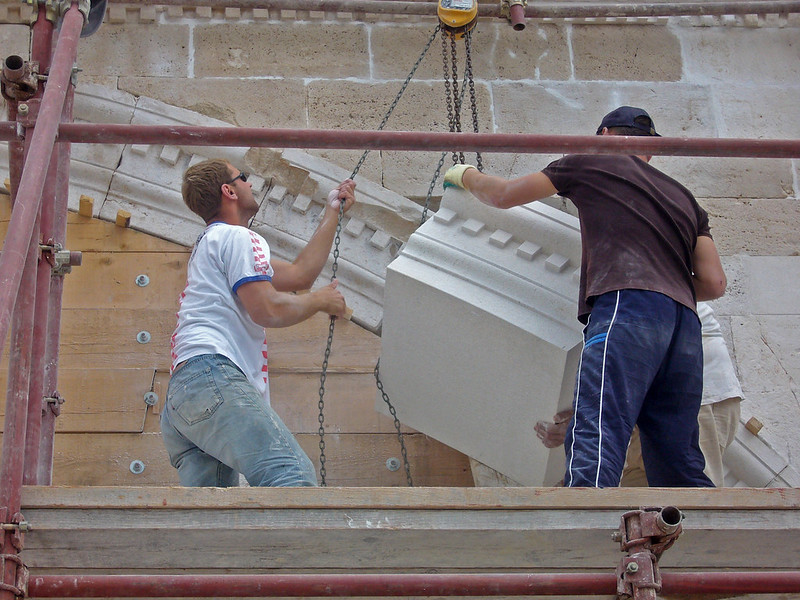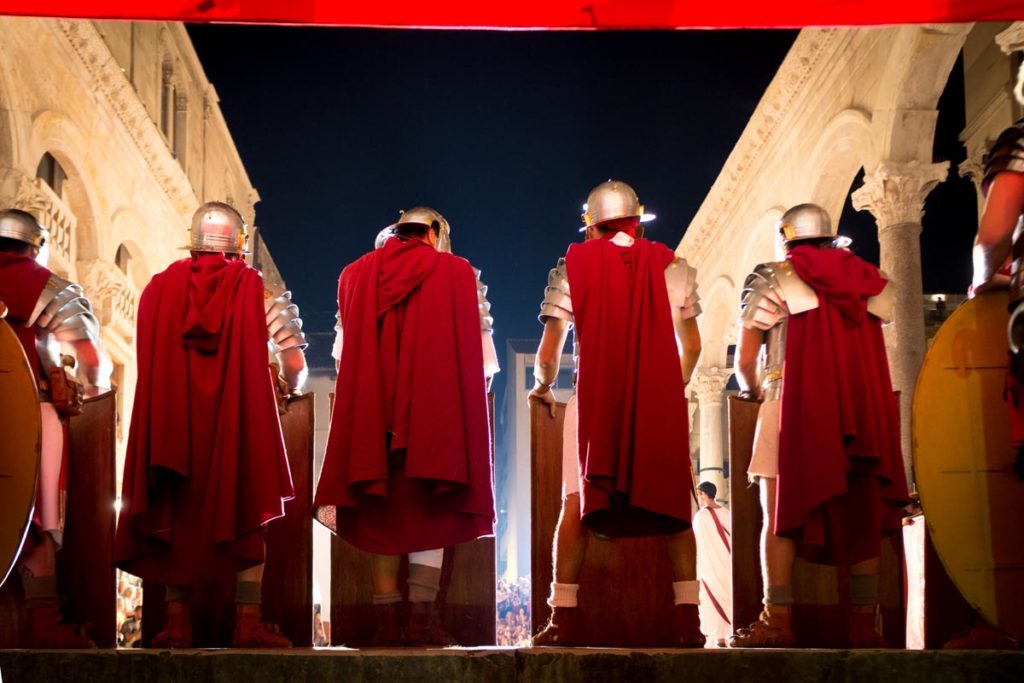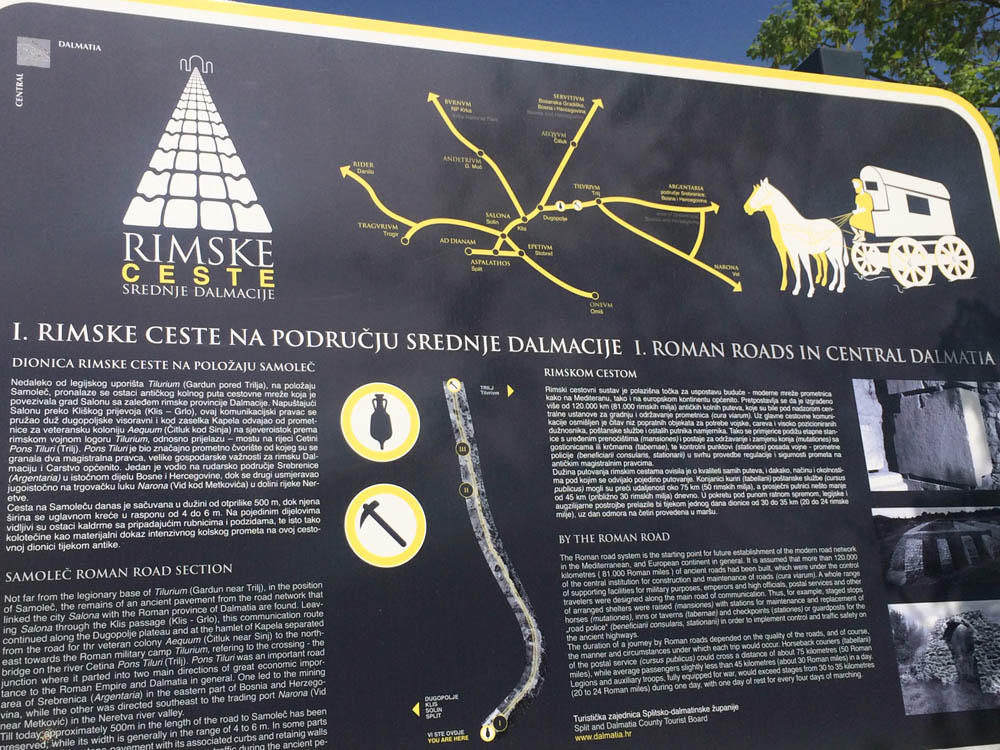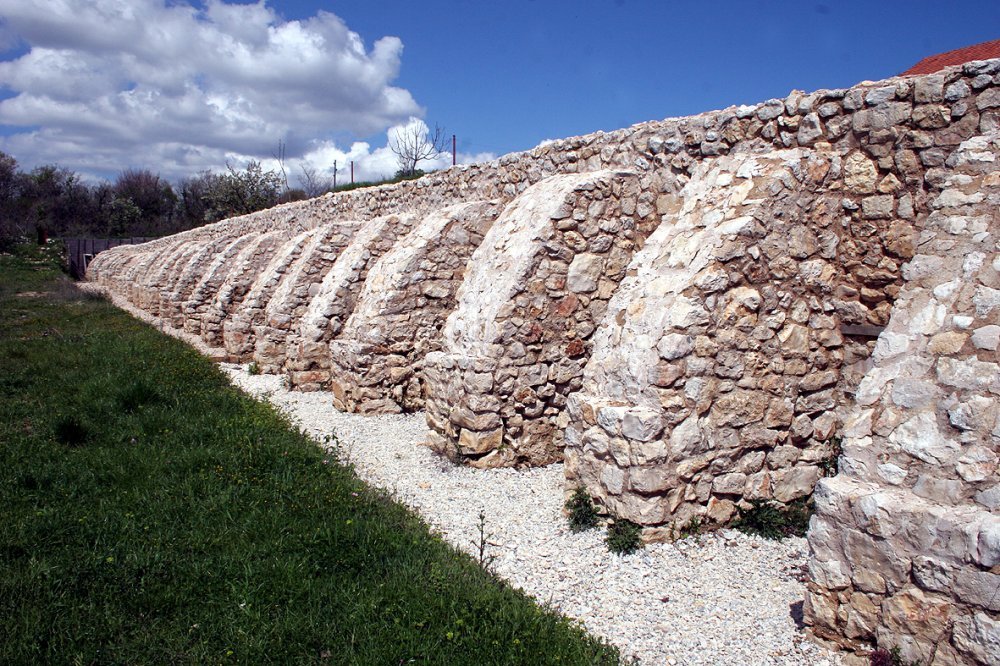The very first associations most people have when Pag Town is mentioned, are more than likely lace, salt, locally produced cheese and of course – the fact that this special island looks just like the surface of the moon. Pag is all of that, and much, much more.

There’s a true wealth of gifts provided by nature, even if at first glance it seems as if the bizarre, otherworldly looking appearance of Pag makes it seem barren. The geological makeup of this island makes it appear harsh and unforgiving, battered by merciless storms. It is precisely because of those sometimes difficult conditions that has seen Pag able to withstand the elements and all possible adversities. That alone has rendered Pag strong and resilient.
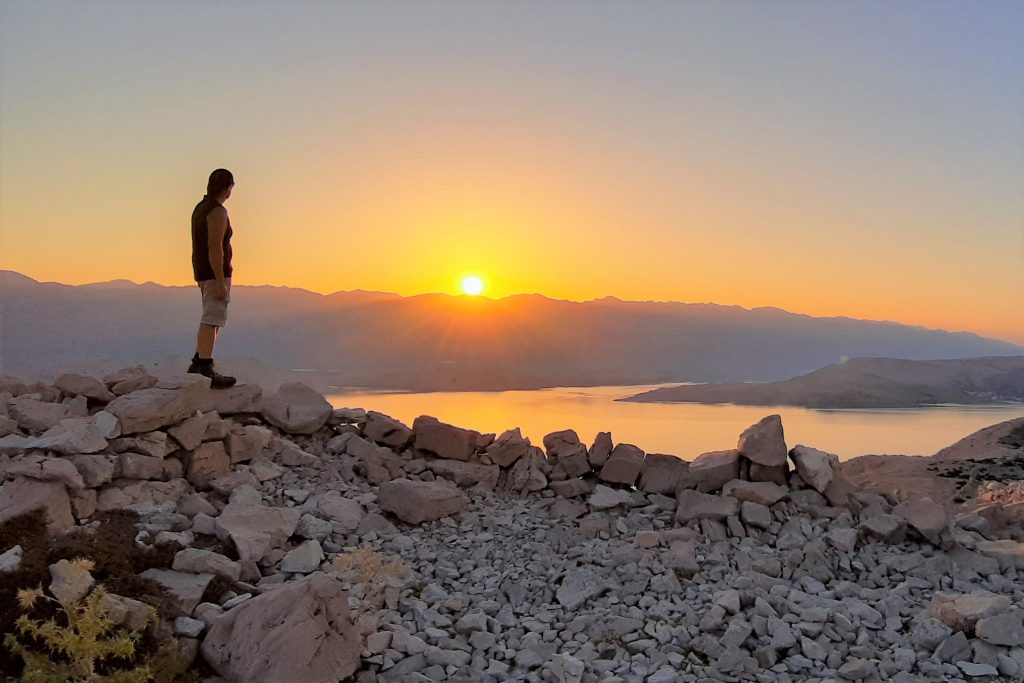
Pag Town emerged from those often pitiless conditions, much like precious pearls emerge from hard, impenetrable shells. This is a town with a truly special atmosphere, impregnated with the aromas of its rich cultural history. That long history shows in all of its stone streets, as well as in its impressive former palaces where the spirit of Mediterranean life comes alive.
In this idyllic stone town, architectural wonders like old churches, palaces and other cultural and historical monuments transport us directly back to ancient times, and they tell stories of their own…

- The permanent salt exhibition
Pag provided the world one of the most valuable things it has, and over which countless battles were fought for centuries – salt – or as many call it; white gold. The centuries of local salt production are presented to the public through a unique exhibition in the 1st Salt Magazine. This is an interesting setting where objects used to extract this precious salt over the centuries are displayed in a unique way, as is the way of life of the inhabitants of Pag Town, most of whom are very closely connected with salt production.
The exhibition can be seen in two parts: the first part involves a stroll through the museum accompanied by a guide, while the second part allows you to watch a short film about salt production throughout history.


2) Mornings spent out in the salt flats
We use it every single day, but how much do we really know about it? Have you ever found yourself curious about how salt is actually made? Ever wondered what the difference between salt and a salt flower (fleur de del) is? The answers to all of the above (and more) are offered by open-air workshops, accompanied by an expert guide from Solana Pag. Spend the morning in an original way and learn everything about Pag salt production’s past and present. You will learn about its composition, you’ll be able to look at the salt basins and their accompanying sluices and canals, and get better acquainted with the ecological network that includes Solana Pag. You can even try your hand at collecting the precious salt yourself!

3) The Gallery of Pag Lace
Lace is an extremely important part of the very long history of Pag. Throughout the lives of those born on Pag, one unbroken, delicate thread of lace symbolises all of the beauty, but also the difficulty of living in Pag Town, and on the island of stone and salt in general. The centuries-old tradition of making Pag lace gained additional value when it was rightfully entered into the UNESCO register of intangible cultural heritage back in 2009. Since 1998, the Pag Lace Gallery has been operating in the Duke’s Palace in Pag Town, organised by the “Frane Budak” Society of Pag Lacemakers.
In the gallery itself, you’ll be able to watch the process of just how Pag lace is made and see the creations of various lace techniques, which are incredible works of art made by the diligent, talented hands of Pag’s traditional lacemakers.
There is beautiful lace dating from different historical periods in the gallery’s rich collection. There are replicas of Pag lace based on old designs, various textile items which were integral to the typical interior of the homes built on Pag, as well as part of the clothing items worn throughout history by Pag Town’s residents. As well as exploring how lace was made and used throughout the centuries, you’ll also get to see plenty of creations from far more recent times.
The International Lace Festival has been being organised on Pag each June for thirteen years now, which highlights just how important Pag lace is in the lives of the local residents. The festival successfully brings together a large number of lacemakers from across the country and the rest of the world. When admiring the old photographs of Pag lacemakers from long ago (which are interwoven with lace themselves) in the stone building of the Duke’s Palace, notions of the transience of life and the cultural values that make Pag Town so special will overtake you.






4) The exhibition of sacred art at the Benedictine Convent of St. Margaret
You’ll be able to enjoy numerous beautiful exhibits in this renovated and extremely beautiful space, among which the Reliquary of the Thorn of the Crown of Christ stands out. It is a fascinating authentic thorn from the Crown of Christ that was entrusted to the Benedictine sisters from Pag Town for safekeeping all the way back in 1443! It is the only Holy Thorn in the entire world, along with the Crown of Thorns kept in the Cathedral of Notre-Dame in Paris, which has had the Vatican’s confirmation of its authenticity.
There is a small but invaluable painting of the Madonna and Child among the other valuable exhibits. This rather remarkable image is associated with the circle of no less than the world famous Renaissance painter from Padua, Andrea Mantegna.
The beauty of Pag lace comes to the fore once again when you visit the ground floor of the building. You’ll also be able to sew some of your own, in a modern digital way.
The symbol of the formerly powerful Venetian Empire will be the one to greet you a little later on. This is an impressive, large marble relief of the Lion of Saint Mark from the sixteenth century. The formidable marble cat once stood proudly above the gates in Pag.




5) The story of Pag cheese
Lace holds an immeasurable level of importance to Pag Town and indeed the entire island, but it doesn’t hold that title alone. The famed Pag cheese is also part of the very soul and essence of the island. The story behind Pag cheese is a genuinely wonderful one. It is about an island of stone where only aromatic herbs grow, and where one of the best cheeses in the entire world is produced. Pag cheese put not only Pag but the whole of Croatia on the cheese map of the world and became one of the most recognisable Croatian products on a global scale.
Pag Town’s keen visitors can come and unlock the old secrets of Pag’s cheese producing and sheep farming traditions, as well as explore the connection and intertwining of the island’s nature with the production of Pag cheese. A tour of the Pag cheese factory, the island’s oldest, will reveal how the best Croatian cheese is produced accompanied by an expert guide and tasting sessions in the most authentic setting imaginable.


More: Tz grada Paga





















